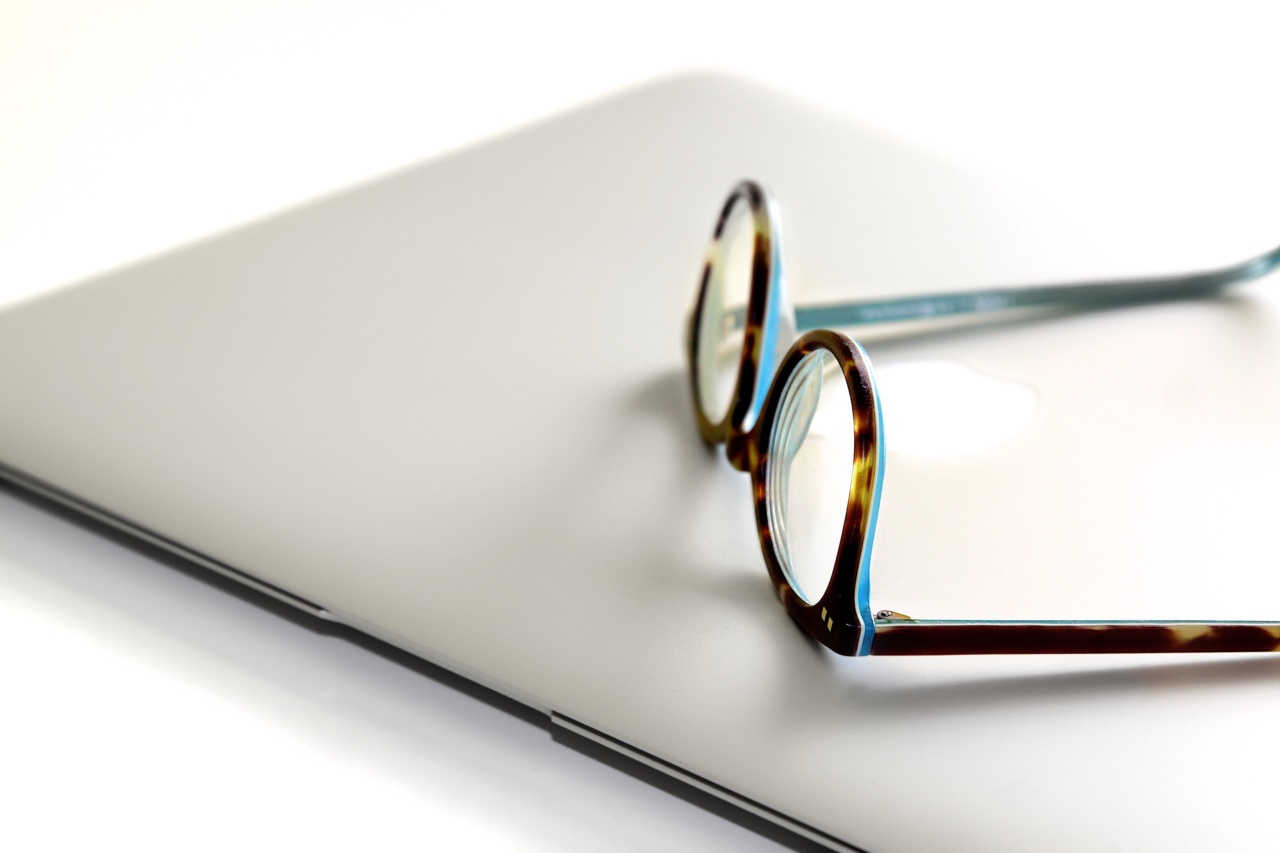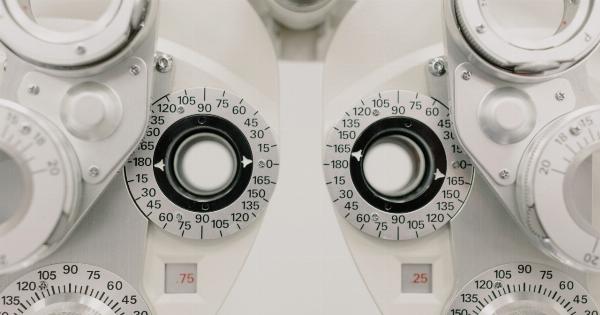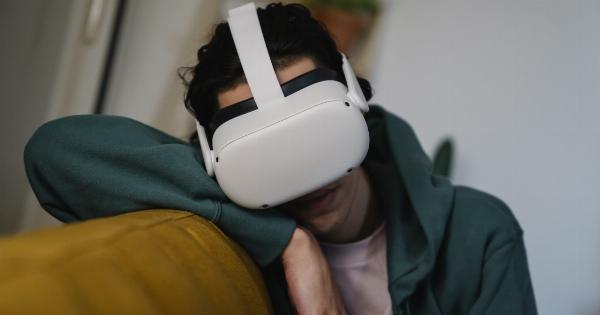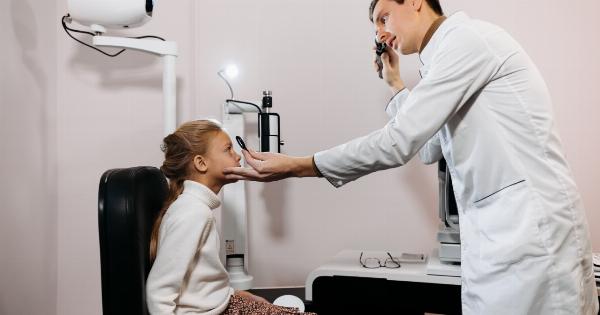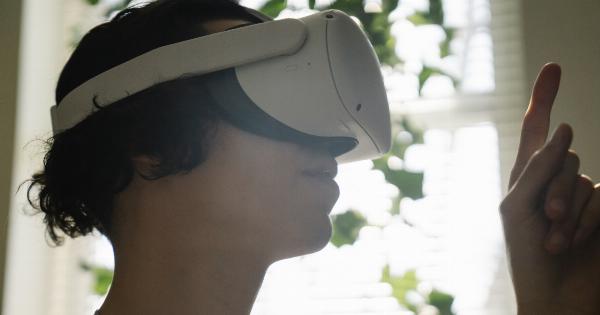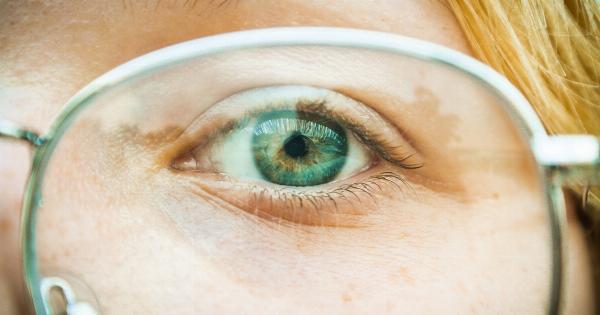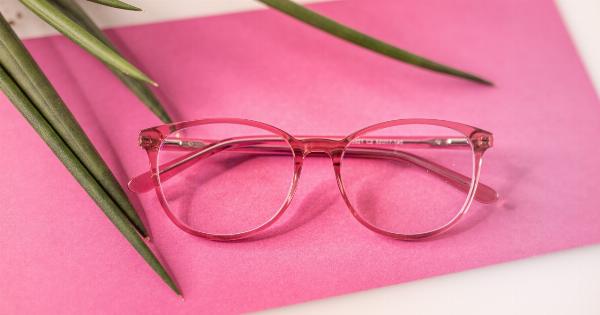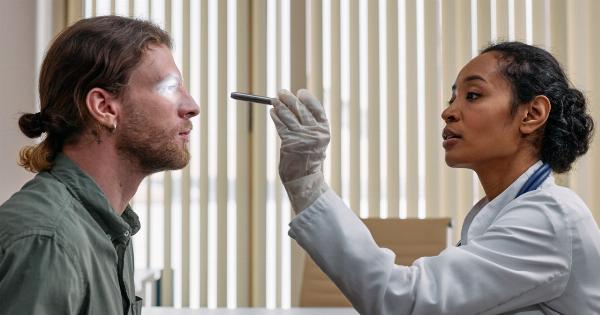In today’s fast-paced world, visual impairment is a common issue that affects millions of people worldwide. For those who rely on glasses or contact lenses to see clearly, everyday tasks can become a hassle.
However, thanks to groundbreaking advancements in technology, there is a revolutionary solution on the horizon – the bionic lens. This innovative optical device has the potential to eliminate the need for corrective eyewear, providing crystal clear vision to individuals of all ages.
The Evolution of Corrective Eyewear
For centuries, glasses have been the go-to solution for people with vision problems. The invention of spectacles in the 13th century was a significant milestone in the field of visual correction.
However, as time progressed, contact lenses emerged as a more convenient alternative to traditional eyeglasses. While these advancements have undoubtedly improved the lives of millions, they are not without their limitations.
Glasses are often seen as a hassle – they can be easily misplaced, broken, or require constant adjustments. On the other hand, contact lenses come with their own set of challenges.
Many people struggle with inserting and removing their lenses, while others find them uncomfortable or irritating to the eyes. Moreover, both glasses and contact lenses can be expensive to maintain, as they often need to be replaced or updated to match prescription changes.
The Promise of Bionic Lens
The concept of the bionic lens was first introduced by Dr. Garth Webb, a Canadian optometrist, who envisioned a world where nobody would need glasses or contacts to see clearly.
The bionic lens is a small, customizable implant that is placed directly into the eye through a painless surgical procedure. Once implanted, the bionic lens becomes a permanent part of the eye, replacing the natural lens.
This revolutionary device aims to provide an array of advantages over traditional visual correction methods. Not only does it offer superior vision correction, but it also eliminates the need for regular lens replacements or updates.
With the bionic lens, individuals would experience perfect vision at all distances, including both close-up and far-away objects, without the need for additional correction.
The Technology Behind the Bionic Lens
At the core of the bionic lens technology is a miniaturized optical system that mimics the natural function of the eye. This advanced lens is designed to auto focus, providing seamless vision at any distance.
Unlike multifocal lenses, which have different zones for near and distance vision, the bionic lens has a continuous range of focus, allowing the eye to adjust effortlessly. It also has the potential to correct common vision problems, such as astigmatism, presbyopia, and even cataracts.
The bionic lens is made from biocompatible materials, ensuring the body accepts it without any adverse reactions.
The surgical procedure to implant the lens is minimally invasive, similar to cataract surgery, and patients experience a quick recovery time. Unlike traditional lens replacements, which require removal of the natural lens, the bionic lens can be placed over it, preserving the eye’s natural anatomy.
A New Era of Vision Correction
If the bionic lens lives up to its promise, it has the potential to revolutionize the field of vision correction as we know it. Imagine a world where individuals can see clearly without the need for glasses or contacts.
This technology has the power to enhance the quality of life for people with visual impairments, making everyday tasks easier and more enjoyable.
Not only would the bionic lens benefit those with existing visual impairments, but it could also make a significant impact on the lives of individuals with healthy eyes.
It could potentially prevent nearsightedness from progressing, reducing the need for corrective measures in the future. Additionally, athletes, pilots, and military personnel could benefit from enhanced vision without the constraints of traditional eyewear.
Challenges and Future Developments
While the concept of the bionic lens is promising, it is still in the early stages of development and faces several challenges. The cost of the procedure and accessibility to the technology are significant barriers for many individuals.
Additionally, extensive research and clinical trials are necessary to ensure the safety and efficacy of the bionic lens in a wide range of patients.
However, researchers and scientists around the world are actively working to overcome these obstacles. The potential benefits of the bionic lens far outweigh the challenges, motivating experts to push the boundaries of optical technology.
With continued advancements and refinement, it is hopeful that the bionic lens will become a widely available option in the near future.
The Future is Clear
As technology continues to evolve, so does the world of vision correction. The bionic lens represents a leap forward in optical technology, offering the potential to eliminate the need for glasses and contacts altogether.
While it may still be some time before this technology is readily available, the future looks promising.
Imagine a world where visual impairment is a thing of the past, where perfect vision is not just a dream but a reality. With the bionic lens, that future is within reach. So, say goodbye to glasses and contacts – a world of clear vision awaits!.
